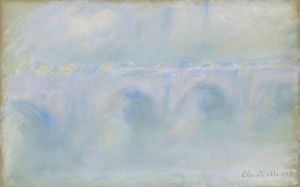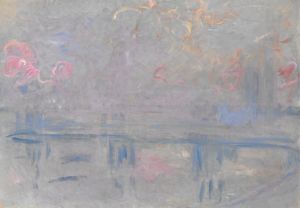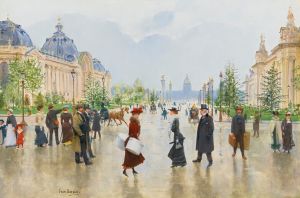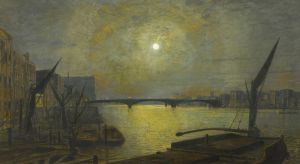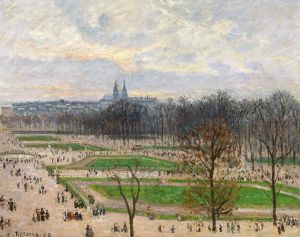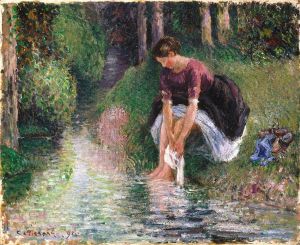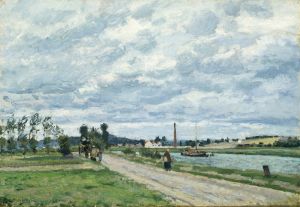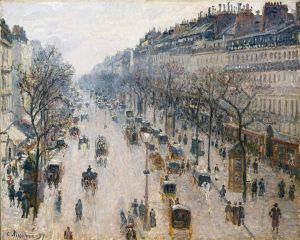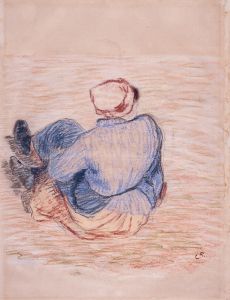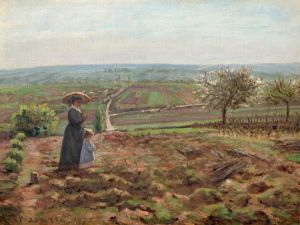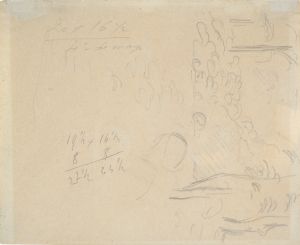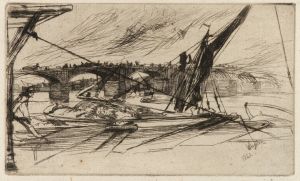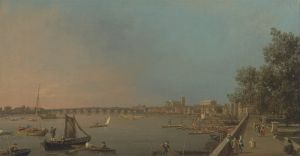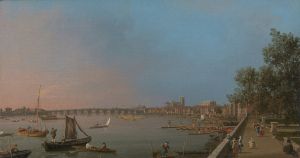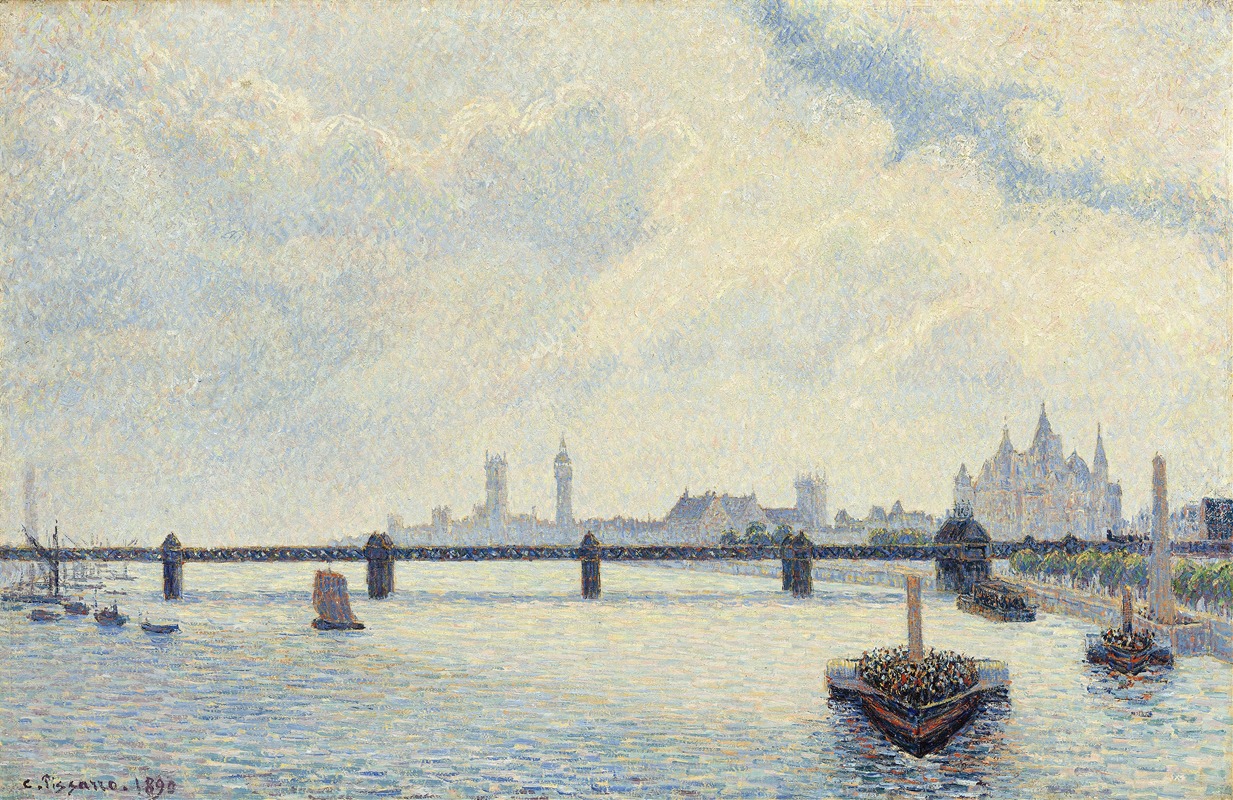
Charing Cross Bridge,London
A hand-painted replica of Camille Pissarro’s masterpiece Charing Cross Bridge,London, meticulously crafted by professional artists to capture the true essence of the original. Each piece is created with museum-quality canvas and rare mineral pigments, carefully painted by experienced artists with delicate brushstrokes and rich, layered colors to perfectly recreate the texture of the original artwork. Unlike machine-printed reproductions, this hand-painted version brings the painting to life, infused with the artist’s emotions and skill in every stroke. Whether for personal collection or home decoration, it instantly elevates the artistic atmosphere of any space.
"Charing Cross Bridge, London" is a painting by the French Impressionist artist Camille Pissarro. Created in 1890, this artwork is part of Pissarro's exploration of urban landscapes, capturing the bustling life and dynamic atmosphere of late 19th-century London. Pissarro, known for his keen observation and ability to depict the effects of light and atmosphere, brings these skills to bear in this depiction of one of London's iconic landmarks.
The painting portrays Charing Cross Bridge, a significant structure that spans the River Thames in London. This bridge, officially known as Hungerford Bridge, connects the areas of Charing Cross and Lambeth. Pissarro's choice of this location reflects his interest in the modernity and vibrancy of urban life, a theme that was prevalent in his work during this period.
Pissarro's "Charing Cross Bridge, London" is characterized by its impressionistic style, which emphasizes the play of light and color over precise detail. The painting captures the bridge and its surroundings with a lively palette and loose brushwork, typical of the Impressionist movement. This approach allows Pissarro to convey the transient effects of light and weather, as well as the movement of people and vehicles across the bridge.
The composition of the painting includes the bridge itself, the river below, and the buildings lining the riverbank. Pissarro's use of color and light creates a sense of depth and atmosphere, drawing the viewer into the scene. The sky is often depicted with soft, diffused light, suggesting an overcast day, which was a common atmospheric condition in London. This choice of lighting adds to the realism and immediacy of the scene.
Pissarro's interest in urban scenes was part of a broader trend among Impressionist artists, who sought to capture the changing landscapes of cities during the Industrial Revolution. London, with its mix of historic architecture and modern infrastructure, provided a rich source of inspiration for Pissarro. His depiction of Charing Cross Bridge reflects his fascination with the interplay between the natural and built environments.
Camille Pissarro was a central figure in the Impressionist movement, known for his innovative techniques and his role as a mentor to other artists. His work in London, including "Charing Cross Bridge, London," demonstrates his adaptability and his ability to capture the essence of different locales. This painting is one of several works Pissarro created during his visits to London, each offering a unique perspective on the city's landscape.
Today, "Charing Cross Bridge, London" is appreciated for its artistic merit and its historical significance as a representation of late 19th-century London. It stands as a testament to Pissarro's skill as an artist and his contribution to the Impressionist movement. The painting is held in various collections, where it continues to be studied and admired by art enthusiasts and historians alike.





